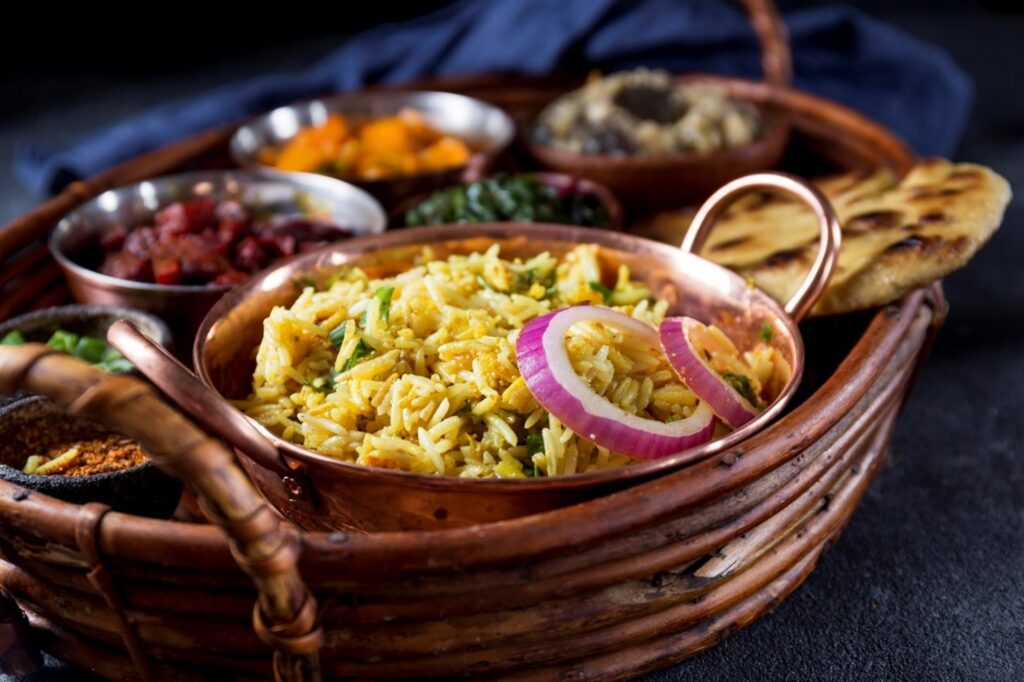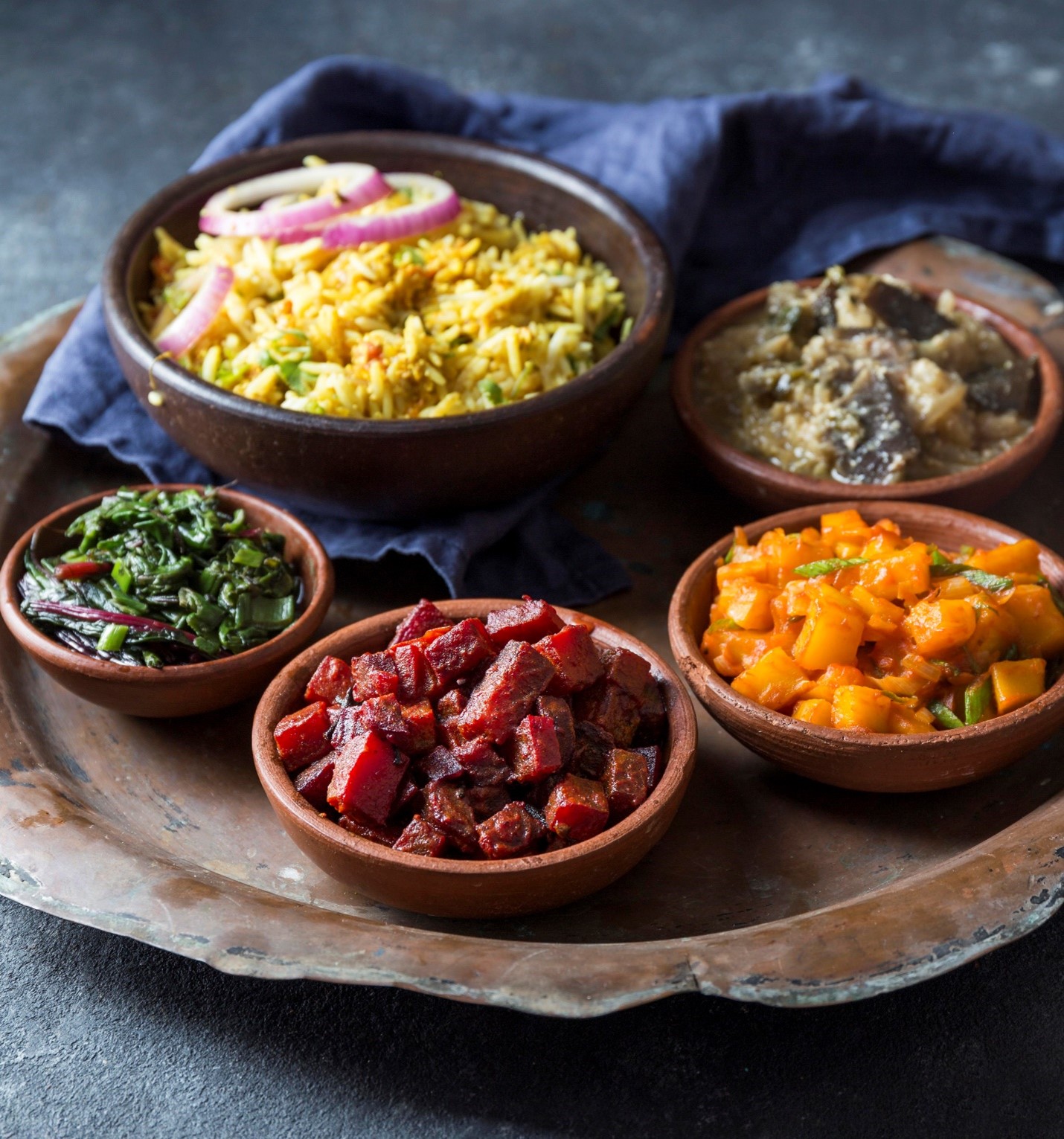Food in Northeast India is never just about eating — it’s about culture, history, and community. Each state has its own unique flavors shaped by the land and the people. From the tang of bamboo shoots to the warmth of slow-cooked curries, food here is storytelling on a plate.
When you travel across the Northeast, you don’t just see the region — you taste it, share it, and live it. With a thoughtfully planned journey, you can explore bustling markets, sit down for meals in family kitchens, and even cook with locals. A private tour in Sikkim or beyond makes every meal more than just food — it becomes part of your story.
Sikkim: A Himalayan Food Haven
Sikkim may be small, but its cuisine is rich and diverse. Influenced by Nepali, Bhutanese, and Tibetan traditions, Sikkim’s specialties include steaming momos and hearty thukpa.
Imagine warming up with a bowl of noodle soup in a mountain village or tasting fresh momos from a busy stall in Gangtok. With the help of a local guide, you can also visit tea estates, stay with families, and join them in cooking — experiences that bring you closer to the culture.
On a ClearEast Trip private tour, these hands-on moments are what make travel personal and memorable.
Assam: Tea and Traditional Delights
The world knows Assam for its tea, but the state’s food is just as remarkable. A traditional Assamese meal might feature tangy fish curry, soft pitha (rice cakes), stir-fried bamboo shoots, and steaming rice.
Visiting tea estates, you’ll see workers still handpicking leaves, before sitting down for a farm-to-table dinner in a family kitchen. The freshness of ingredients is central here — food is not just nourishment, it’s part of Assamese identity and hospitality.
Nagaland: Smoked, Spiced, and Bold
Naga food is bold, earthy, and unforgettable. Smoked pork, fermented bamboo shoots, and fiery chili pastes dominate the table. Meals here are often cooked over earthen stoves in clay pots, keeping centuries-old methods alive.
Some must-try dishes include:
- Smoked pork with bamboo shoot
- Fiery chili chutneys
- Sticky rice with fermented fish
- Stews slow-cooked in clay
Picture yourself in a tribal village, tasting pork smoked for days over wood fires or trying chili pickles that stay with you long after the meal. Nagaland’s food is an adventure in itself.
Manipur: Fresh and Herb-Rich

Manipuri food is lighter than its neighbors’, with flavors built around herbs, greens, and freshness. A signature dish is Eromba — a comforting mix of vegetables, fermented fish, and chiles.
Exploring Imphal, you’ll find lively markets, family-run eateries, and opportunities to cook with locals. Meals here feel deeply personal, revealing how food ties into everyday culture and tradition.
Meghalaya: Where Simplicity Shines
In Meghalaya, food is simple yet layered with flavor. Daily staples include sticky rice, bamboo shoot curries, and sour chutneys. Among the Khasi people, Jadoh (a rice and meat dish) is beloved, while Pukhlein (sweet fried rice cake) brings warmth to gatherings.
Guided experiences in Shillong and Cherrapunji uncover hidden kitchens and small vendors often missed by tourists. And beyond tasting, you’ll also learn how smoking and fermenting remain part of traditional cooking.
FAQs: Culinary Trails of Northeast India

What makes the food of Northeast India unique?
Each state has its own identity, shaped by its people and environment. Fermentation, smoking, bamboo shoots, and fresh herbs are central, making it very different from mainstream Indian cuisine.
Is Northeast Indian food always spicy?
Not at all. While Nagaland and Manipur are famous for their chili heat, states like Sikkim and Meghalaya offer lighter, more balanced flavors.
Can vegetarians enjoy food in Northeast India?
Yes. While meat and fish are common, vegetarian dishes like thukpa, pitha, bamboo shoot curries, and herbal salads are widely enjoyed. In village stays, families are happy to prepare vegetarian meals.
What dishes should I not miss?
• Sikkim: Momos, thukpa
• Assam: Fish curry, pitha
• Nagaland: Smoked pork, chili chutneys
• Manipur: Eromba, singju salad
• Meghalaya: Jadoh, pukhlein
How can I best experience local food?
By joining guided private tours or cultural journeys. At ClearEast Trip, we take you to local markets, arrange family meals, and offer hands-on cooking experiences that go beyond restaurant dining.
When is the best season for a food journey?
Spring (March–May) and autumn (September–November) bring festivals, harvests, and fresh produce. Winter is also beautiful, though high-altitude regions can be challenging due to snow.
Do I need permits for food trails in Northeast India?
For most of Assam, Meghalaya, and Nagaland, no. But certain regions of Sikkim, Arunachal Pradesh, and Nagaland require permits (PAP/ILP). These can be arranged easily through registered travel planners like us.
A Journey of the Senses
Traveling through Northeast India’s kitchens is a journey for every sense. You’ll hear the crackle of roadside grills, breathe in smoky curries, and taste recipes passed down for generations.
At ClearEast Trip, we believe food is one of the most honest ways to connect with culture. That’s why our journeys are personal, flexible, and unhurried — letting you eat with families, share local kitchens, and truly understand the story behind every dish.
We don’t sell fixed packages; we create experiences that stay with you. If Northeast India’s flavors are calling, let’s shape a journey that’s yours alone — one meal, one smile, and one memory at a time.



 in Bengaluru
in Bengaluru